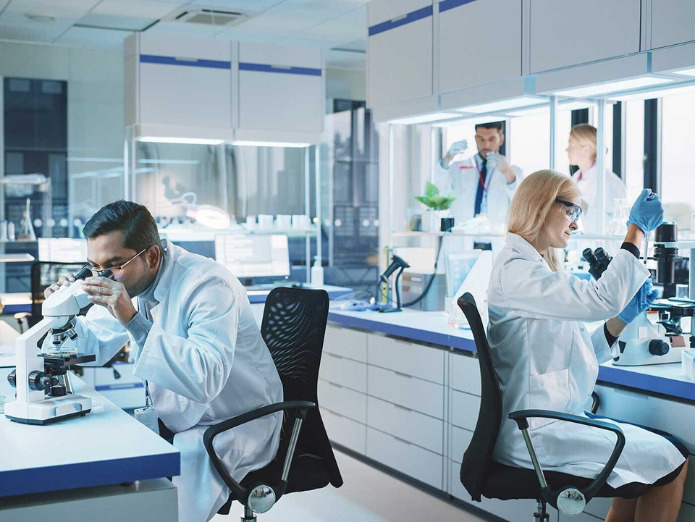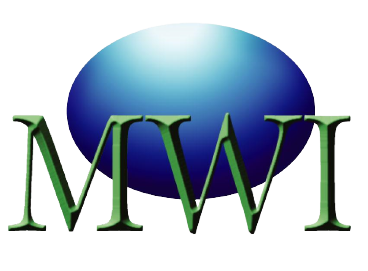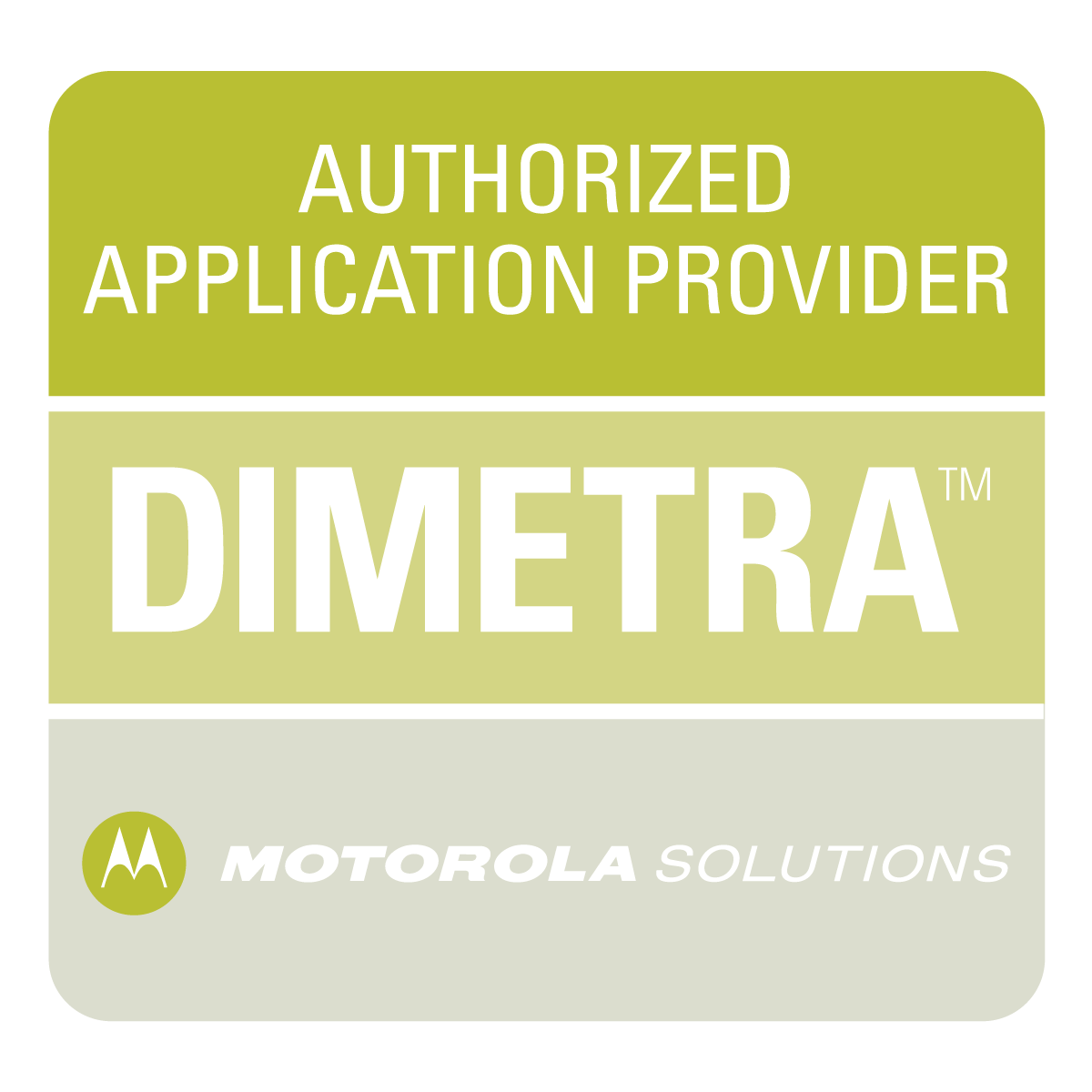Introduction to IoT Monitoring into Pharmaceutical

Before IoT monitoring systems were introduced, companies relied on traditional methods. They used logbooks, entered data into Excel, and required manual signatures for validation. Many still use these methods today, but they often lead to human error and repetitive tasks. As a result, many organizations have turned to automation.
So, what is IoT? IoT, or the Internet of Things, connects devices that share data over the internet. These devices, equipped with sensors and software, send real-time data.
Now, with IoT monitoring systems, pharmaceutical labs can relax about temperature deviations. The system automatically sends alerts when temperatures exceed set limits.
This system offers numerous benefits, including remote monitoring, scheduled reports, and temperature alerts, all providing peace of mind.
Case Study: Pathnova Laboratories
Pathnova Laboratories in Singapore uses our IoT Monitoring System. As a serology lab, they study blood samples and bodily fluids to create vaccines.
These samples must be stored in a stable environment, as any temperature deviation can compromise them.
Previously, they relied on wired data loggers for temperature monitoring. This system was cumbersome to install, and alert notifications were costly since they charged per SMS sent.
In contrast, our installation process is straightforward. With wireless sensors, installation is hassle-free. Additionally, our system uses mobile messaging apps for alerts, eliminating extra charges.

Importance of IoT Monitoring in Pharmaceutical
Stringent Regulations
India has a complex regulatory framework governed by the Central Drugs Standard Control Organization (CDSCO) and various state authorities. Consequently, continuous monitoring is essential to ensure compliance with these regulations. This includes not only manufacturing practices but also quality control and safety standards.
Ensuring Product Quality
India is one of the largest producers of generic drugs globally. Effective monitoring systems ensure that products meet required quality standards, which is crucial for maintaining both domestic and international market credibility.
Benefits
- Improved Quality Assurance
Moreover, IoT devices continuously track critical parameters (e.g., temperature and humidity) throughout the manufacturing and storage processes. This ensures that products are kept within required conditions, ultimately enhancing product quality. - Enhanced Compliance
In addition, IoT systems help ensure that all conditions required by regulatory bodies are continuously met. By providing documentation and traceability when needed, these systems facilitate smoother compliance processes and audits.

How to Choose an IoT Monitoring System?

1. Integration with Existing Systems
If you’re unhappy with your current monitoring setup, it’s important to ask: can the new system integrate with your existing sensors? This flexibility allows you to upgrade software without needing to replace your hardware.
2. Scalability
As your business grows, consider whether the system can accommodate additional sensors. Will it allow for expansion, or is there a strict limit on the number of sensors you can use?
3. Real-Time Monitoring and Alerts
Next, evaluate if the monitoring system can provide real-time data tracking. Can it alert you immediately when conditions deviate from the set parameters, even when you’re not physically present?
4. Data Reports
Finally, check if the IoT monitoring system allows you to download or schedule reports for specific time periods. Can these reports be used for audits? Having easy access to data reports is essential for compliance and analysis.




